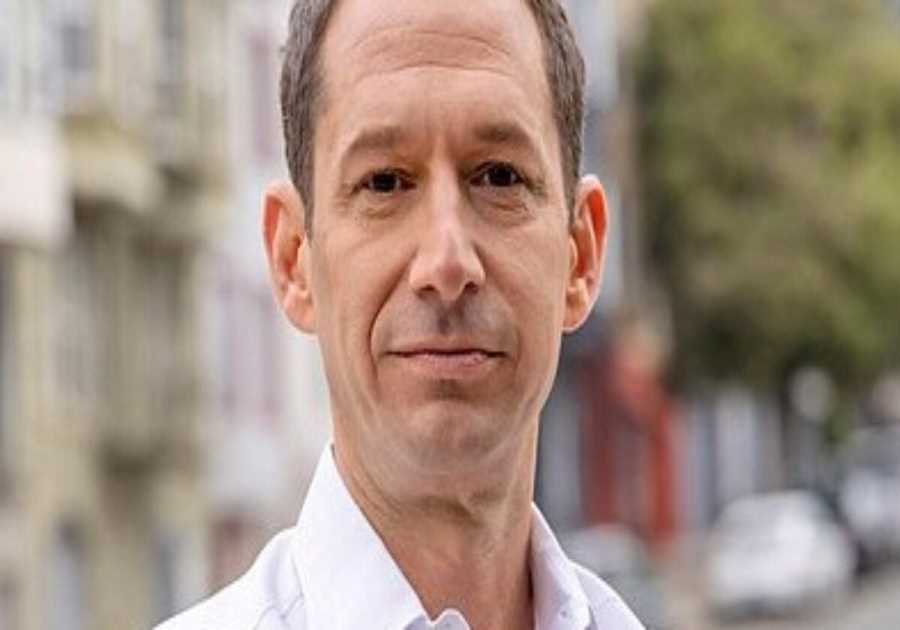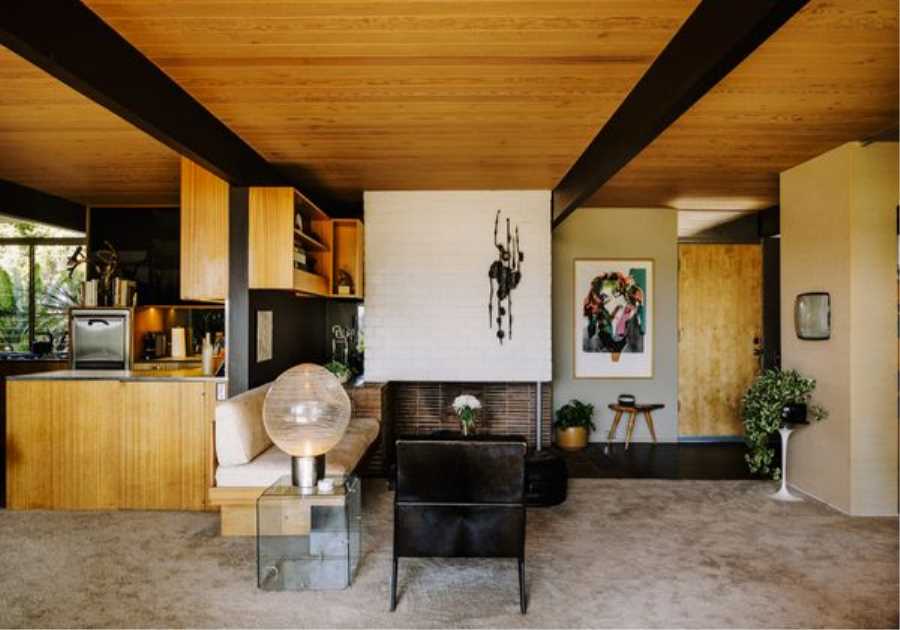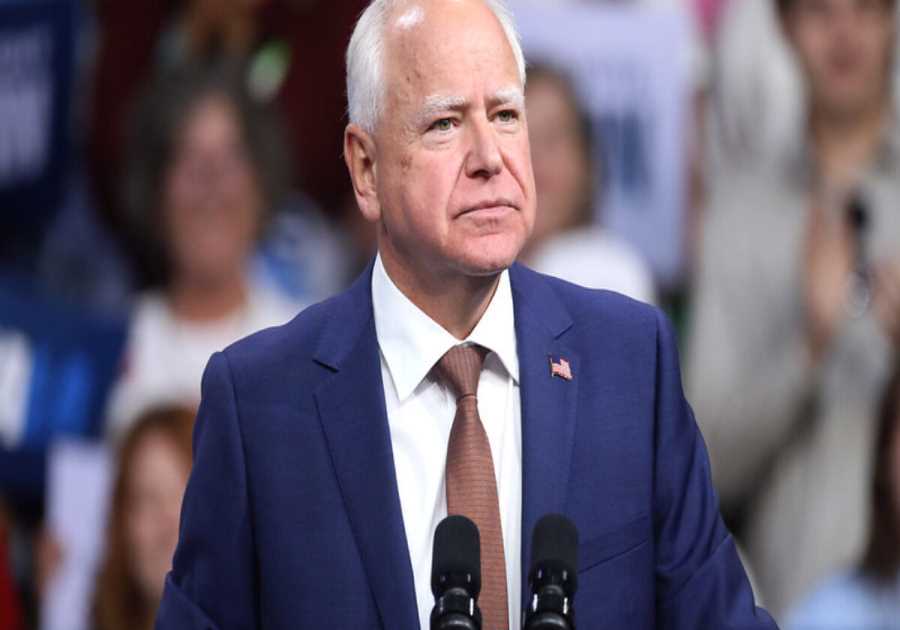The Tube’s younger sibling has brought new life to old aboveground tracks, with sunlight and fresh air creating a gentler commute.
An underground train network is the pinnacle of public transport—right now, in New York and Chicago, Paris and Berlin, Tokyo and Beijing, people are being whisked through a network of tunnels, deep below the bustling city. In London, which has the oldest rapid transit system in the world, the Tube isn’t just public transportation—it’s famous as the beating heart of the city, assisting up to five million passenger journeys a day. Formally known as the London Underground, the Tube’s logo is soon recognized by everyone who visits—the red circle and blue bar roundel is a symbol for the city itself. But for many Londoners these days, it’s not the red Underground symbol that sparks the most joy—it’s an orange one, because that means you’re on the Overground.
In one of the busiest cities in the world, the Overground is a train network that actually lowers your blood pressure. Like the Tube, it’s a property of the city-run Transport for London (TfL) transit operator, but the Overground is a different experience altogether: it’s spacious, airy and quiet as it moves through daylight. In contrast, the oldest parts of the Tube are more than a hundred years old, with tight tunnels dug long before anyone thought to leave space to add air-conditioning to snug carriages. Upgrades are on the way but it’s slow going, and the deeper lines are still roasting hot in summer. Parts of the Tube are as loud as a music concert with air quality that’s genuinely terrible, and at rush hour you will definitely find yourself nose-to-armpit with a fellow traveler, questioning your love of city life.
If the Tube is a starburst, crossing the center of London to move people out in every direction, then the Overground is a spiral, providing an outer ring for travel without having to enter the hectic middle. Less than half the size of the Tube by every metric, the Overground spans 104 miles and 113 stations, divided into six lines. Last year, 183 million passengers traveled on the Overground, averaging at 3.5 million people every week. Only 18 years old, it has been widely hailed as a public transit success story. Independent surveys confirm that Londoners like the breezy Overground far better than the stuffy Tube, and TfL’s passenger data confirms that even if it takes a little longer, people will often choose the Overground. Somewhere along the way, the "Ginger Line" became not just part of Londoners’ mental maps of our city, but also a place to catch a breath as we move between the places where life happens. "The space, and light and quiet of the Overground is often my best shot at capturing the thoughts that bounce around my head, and getting them down in some kind of order," says Ross Smart, who lives by Brockley station. "I’m a fan."
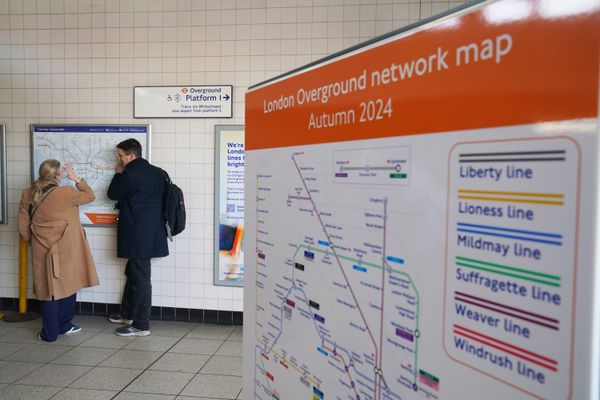
Photo by Jonathan Brady/Getty Images
It’s all the more impressive when you consider that the Overground wasn’t really built—this is a redesign. Almost all of the system is cobbled together from old and languishing urban rail lines that had long gone underfunded and underused, gathering a reputation for being slow, dirty, unreliable, and even scary (some sections were infamous for knife crime). "It started back when London’s city government was recreated in 2000 and Mayor Ken Livingstone, supported by some canny railway people, began to look at making better use of existing lines that were underused and neglected," says rail historian Christian Wolmar. Things kicked into high gear in 2007 and since then, TfL has been steadily taking over lines from private operators and giving them a glow-up. As passenger numbers have grown, so has the frequency of departures. The result has been a complete transformation in customer satisfaction.
While the original plan for the Overground was to create a ring around the city, it’s continued to grow beyond that vision. "Gradually, and almost by mistake, we’ve built up this whole network," says Wolmar. The Overground has become more than the sum of its parts, as it prompts people to make journeys they likely wouldn’t have made before the improved experience made it comfortable and easy. "It’s an example of how building transit creates regeneration of wealth, and boosts the economies of the areas it covers."
TfL declined to answer questions about the Overground’s finances, but it’s generally understood that it invests its profits back into the network. (In its performance reports, TfL includes the Overground in a "Rail" grouping, which last year collected £0.4 billion in ticket money, representing eight percent of total passenger income.) When asked which aspect of the Overground we should be most proud of, Rory O’Neill, TfL’s general manager for London Overground, points to urban regeneration: "[The] Overground has connected parts of London that were historically underserved in terms of transport, [and] this has led to economic growth."
Then there’s the fact that the Overground is considered an "easier" journey than the Tube—TfL research has found that "those with neurodiversity, visual, or mobility impairments like how the London Overground is calmer and more spacious than other modes of transport." The Overground traveling outside means there’s constant fresh air, a boon for people with respiratory impairments, plus great views of the city and nature: "You get a sense of the neighborhoods you’re travelling through," says Pierre Phaneuf, who lives by Canada Water station. "The wider and taller carriages also make the Overground feel far less claustrophobic than most Tube lines, even when crowded."
The success of the Overground means there’s constant media speculation about which lines could be added to the system next—maybe the South London Hayes line, or the West London Orbital. And it has become successful also as a brand: "It represents a standard of quality. You know if your line is on the Overground, the Powers That Be are taking an interest in your community," says Jago Hazzard, a rail historian whose popular YouTube channel is as detailed as it is droll. "In cities, transport done right can be a source of civic pride and unity."
It’s a showcase in how, "for a relatively small investment of money and time, you can drastically improve your public transport and people’s perception of it," adds Hazzard. "A lot of it is psychology—people will use a service that feels cleaner, smoother and safer, even if it’s substantially the same service."
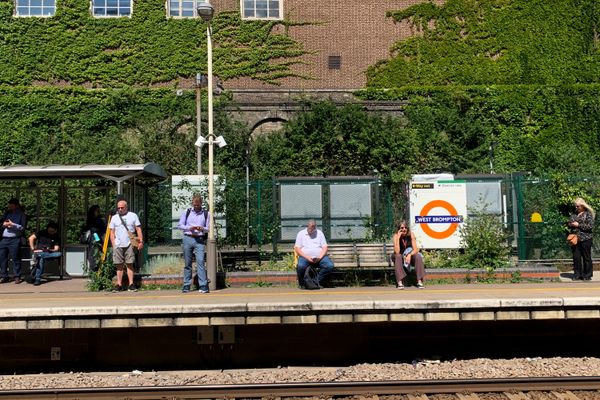
Photo by Jessica Furseth
Metro trains are a curious mix of private and public spaces, but the relative chill of the Overground has made it a more social space than the Tube. Matthew Beaumont, a professor in English Literature at University College London, whose research focuses on the metropolitan city, explains that when trains were first introduced in Britain in the mid-1800s, the compartments were designed to resemble a middle class sitting room, which was intended to make the public space seem domesticated. "This led to a half exciting, half frightening tension between public and private space, particularly when that space was intruded upon," says Beaumont. "The interiors of trains are a delicate balancing act of the interior and the exterior, the personal and the impersonal. Perhaps that’s one of the things happening on the Overground—a further recalibration of that tension."
When an overcrowded train squeezes you into full body contact with a stranger, the only way to maintain dignity is to avoid eye contact. But if there’s a little more space, we become people to each other again. Beaumont argues that the potential for social interaction and people-watching is important to the health of a city—it teaches us how to live together in close quarters. By watching each other, we learn how to read the signs, and decode each others’ identities and behaviors. "At the moment, we live in a political climate governed by fear and anxiety about the other. I think that’s often a default setting in the city, instead of an openness to learning from other people, or risking conversations with people who don’t look the same as you," he says. "But when those inhibitions are lifted, it can lead to genuinely meaningful and quite moving exchanges."
This is true especially on weekends, when the Overground through East London runs all night between popular nightlife spots, earning it the nickname of the "Club Line"—it’s a scene London has never seen before. "I'd been out clubbing a few months ago when I ran into a group of people who were continuing the party on the train, playing music and drinking tinnies [alcohol from tin cans]. One of them was actually smoking a cigarette which is really out of line, but it was 3 a.m. on a Friday night and it just felt like a moment, you know?" says Jo, who lives by Hoxton station (she asked to be identified by a pseudonym as alcohol is technically not allowed on TfL). "It felt a bit like when you’re out with your mates and you have a cheeky ciggy outside the pub, even though you don’t smoke."
People like the Tube because it works, but they like the Overground because it’s lovely. One might argue that as long as it functions well, how much does it really matter that people enjoy their public transport system? But Beaumont says our enjoyment is paramount: "It matters for the same reason as it matters that the streets are spaces where we feel we can retain a certain autonomy and creativity."
This may be the key lesson from the Overground: that great public transport isn’t just about having some convenient lines, but that a train can be a third space on rails. A train can be a place where people can understand that while we’re strangers, we’re all living here together—a boost to our sense of community. "You can’t underestimate the importance of a transport system that people don’t dread, but actually relish using," says Beaumont. "It really contributes to the health of the city, and to the health of the individuals in the city."
Top photo by Jessica Furseth.
Related Reading:
You Will Soon, Hypothetically, Be Able to Take a Luxury Train Across Saudi Arabia
Marin’s Famous Birkenstock Building Just Got a New Owner—the Eames Institute
Read More
By: Jessica Furseth
Title: What If Every City Had a London Overground?
Sourced From: www.dwell.com/article/what-if-every-city-had-a-london-overground-ac7a7ff9
Published Date: Tue, 05 Aug 2025 12:02:18 GMT
Did you miss our previous article...
https://trendinginbusiness.business/real-estate/this-29m-sustainable-home-in-escondido-is-a-piece-of-ecological-art
.png)

